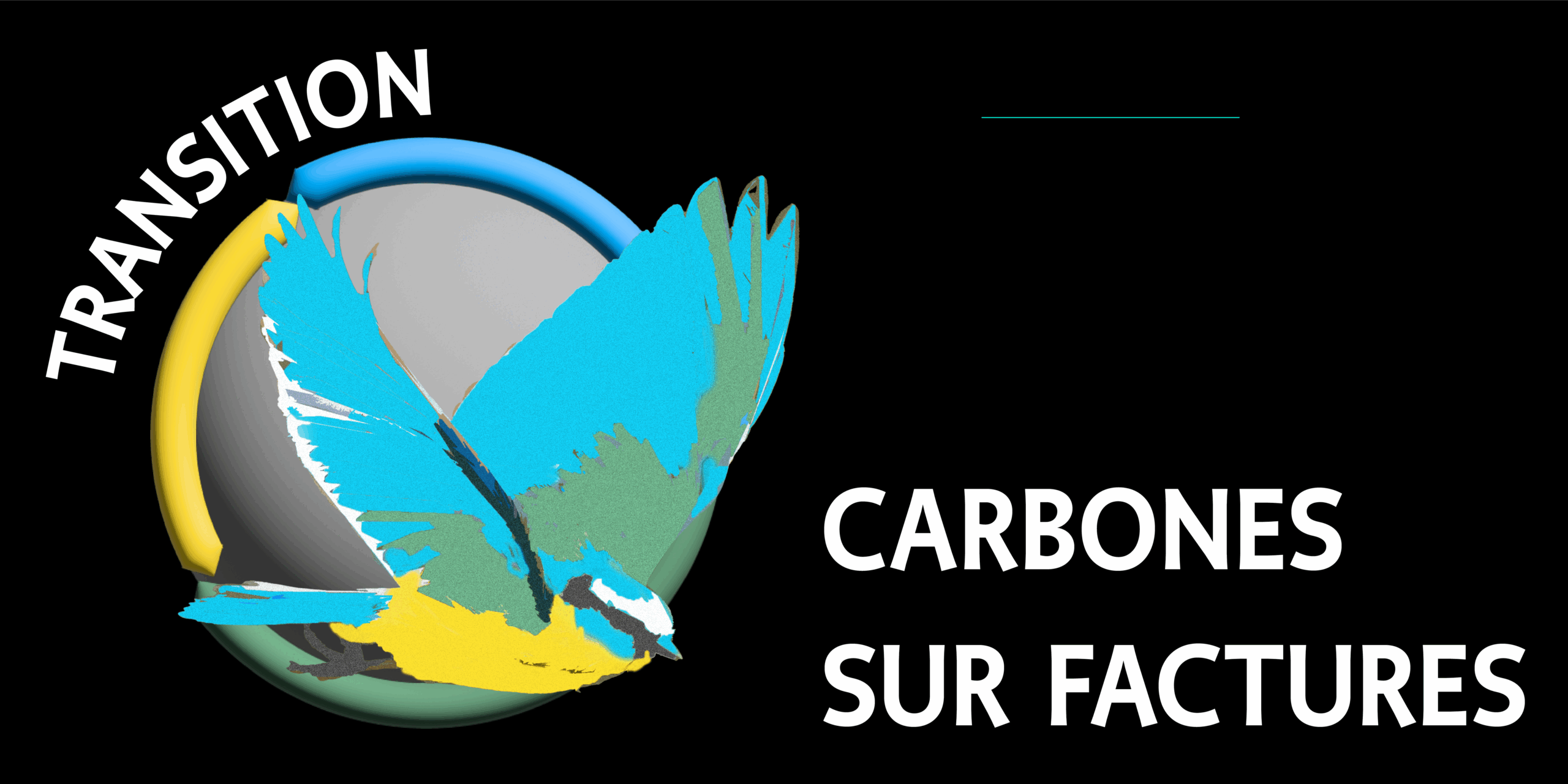Customs scale
This page describes one of the worksites to develop Carbon on Invoices and to associate to each product or service its precise and sincere weight in greenhouse gases (or « carbon footprint »). The list of worksites is at the bottom of the page.
Page enriched by discussions between subscribers
Worksite objective : imagine a system prefiguring what would be a customs scale, associating with each product or service a flat-rate carbon footprint per unit of measurement (carbon coefficient).
Much progress in environmental matters is blocked by the fear that the measures concerned will penalise the competitiveness of the territory that adopts them, France and/or Europe.
Carbone on invoices’ response is that long-term competitiveness is on the side of taking into account and therefore measuring the climate constraint as early as possible, through the generalisation of the carbon footprint. But that there is indeed a short-term threat if the rules are different for all players.
In addition, Carbon on Invoices states that a company builds its footprint (and that of its products) from the footprint of its suppliers’ products : a solution is therefore needed for imported products.
So there are two phases :
In the current phase of launching an experiment, the scale is a prefiguration of what would be a customs carbon scale, associating each product with its carbon footprint.
In the generalisation phase, this system should be replaced by a real customs carbon scale at European level. It should be presented as an obligation to display the carbon footprint erga omnes, based on a national C/f regulation, on an assessment by an approved expert, and failing that on the application of a flat-rate scale integrating distance.
In both phases, the scale should be established on a scientific and prudent basis. Some principles to be validated.
The construction must be transparent. It can be based on the ADEME bases (technical coefficients) and a « transport coefficient » depending on the country, and use the cooperative approach of these bases : they are developed in conjunction with all the major sectors, and can be challenged on objective bases.
The expertise of Customs should be sought, particularly that of the project conducted a few years ago in partnership with major international groups to establish geographical origins.
The principle of prudence justifies taking fewer precautions for small productions, established on the basis of simple scales, and more precautions for large productions, for which the producer’s calculation could be audited.
The principle of prudence also justifies that the scale should, in case of doubt, take the highest carbon coefficient.
The legal compatibility of this scale with the rules of the World Trade Organisation (WTO) is likely, even if it needs to be verified : there is no financial or tariff element; the information obligations are the same for local and foreign producers; and challenging a climate-related measure based on the IPCC measurement tool seems politically difficult.
(The proposed approach is different from the EU’s Carbon Border Adjustment Mechanism (CBAM), which is reportedly being limited to scope 1).
Start, Primary carbon, Electricity, Accounting framework, Customs scale, Carbon disclosure, Software, Contributions to the trajectory : Companies, Finance, Individuals, Territories
